Given .tas = 205 kt hdg t = 180° wind = 240/25kt .calculate the drift and gs ? [ Formation assignment ]
Question 169-1 : 6l 194 kt 7l 192 kt 3l 190 kt 4l 195 kt
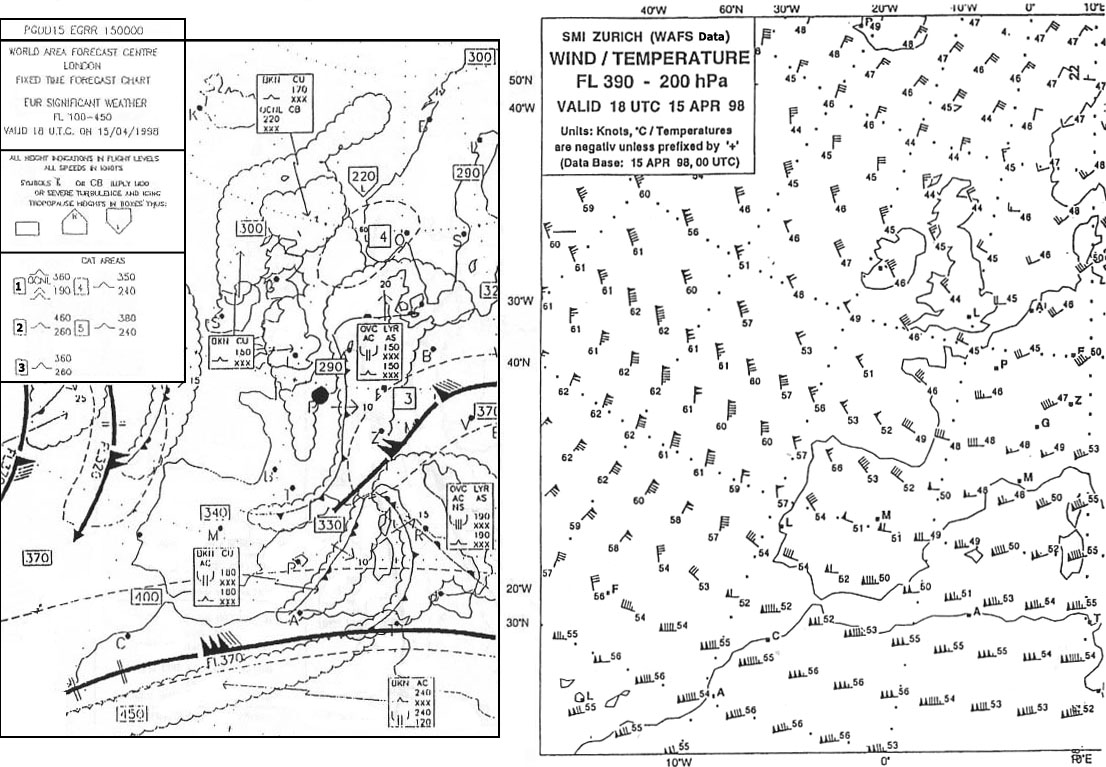 6l - 194 kt
6l - 194 kt Given .tas = 132 kt true heading = 053° wind = 205°/15 kt .calculate the true ?
Question 169-2 : 050° 145 kt 057° 144 kt 052° 143 kt 051° 144 kt
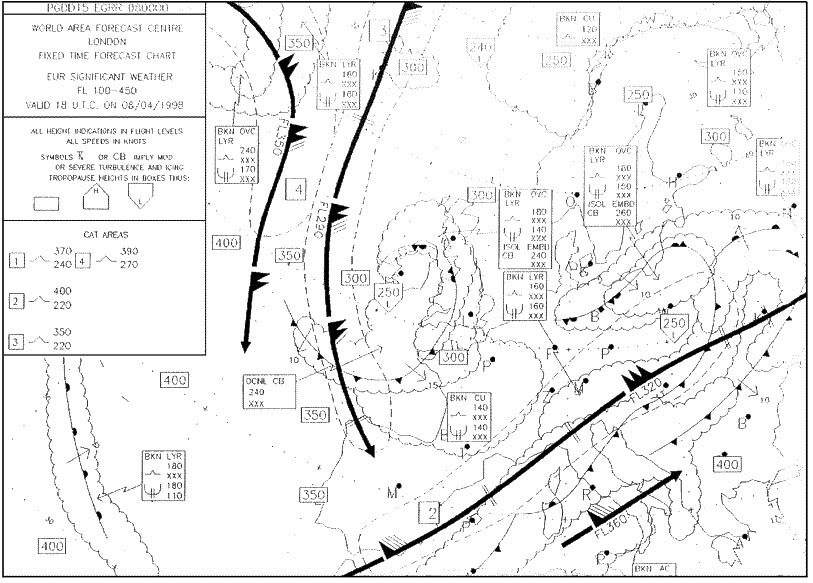 050° - 145 kt
050° - 145 kt Given .tas = 90 kt.true heading = 355°.wind = 120/20 kt.calculate true track ?
Question 169-3 : 346 102 kt 006 95 kt 358 101 kt 359 102 kt
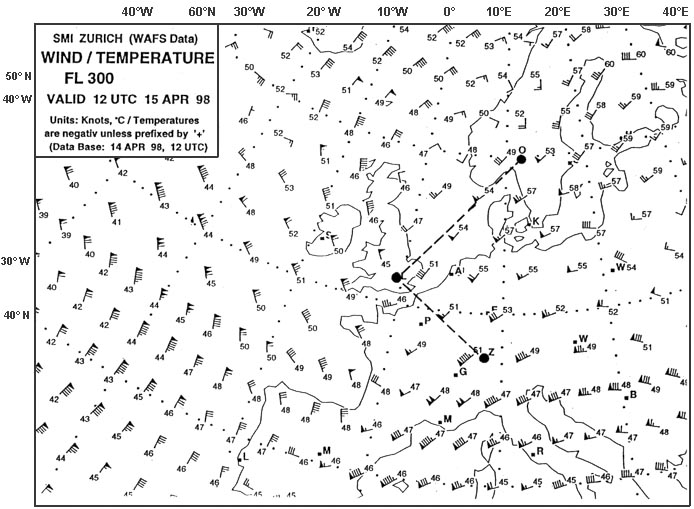 346 - 102 kt
346 - 102 kt Given .tas = 155 kt track t = 305° w/v = 160/18kt .calculate the hdg °t and gs ?
Question 169-4 : 301 169 kt 305 169 kt 309 170 kt 309 141 kt
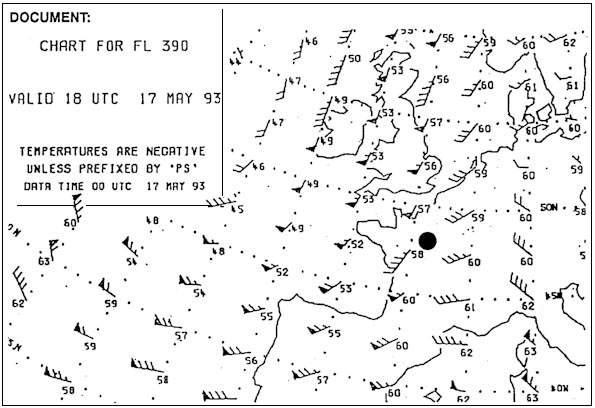 301 - 169 kt.
301 - 169 kt. Given .tas = 465 kt track t = 007° w/v = 300/80kt .calculate the hdg °t and gs ?
Question 169-5 : 358° 428 kt 001° 435 kt 017° 490 kt 357° 502 kt
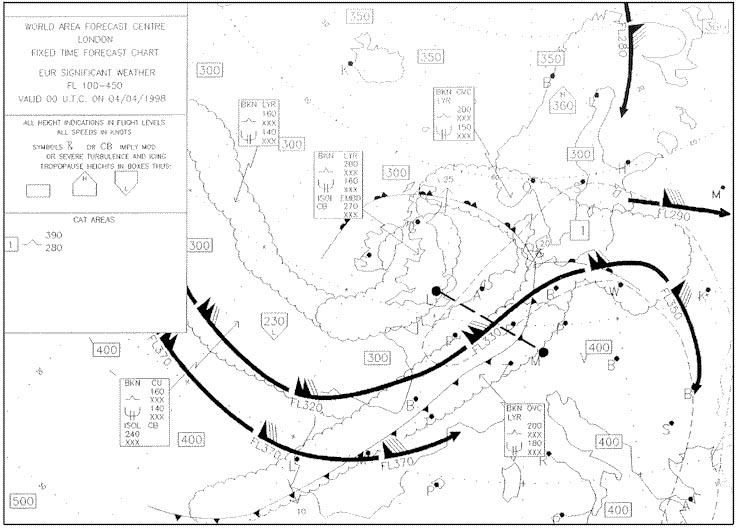 358° - 428 kt.
358° - 428 kt. Given .tas = 200 kt track t = 110° w/v = 015/40 kt .calculate the hdg °t and ?
Question 169-6 : 099° 199 kt 121° 207 kt 121° 199 kt 097° 201 kt
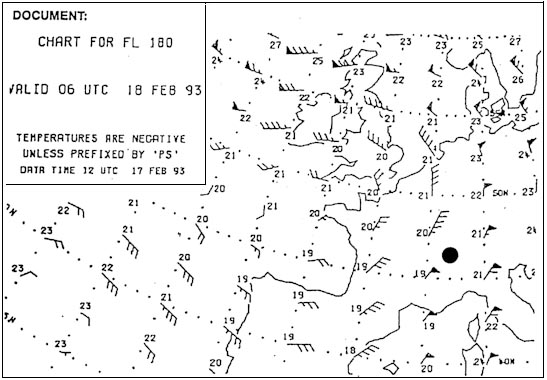 099° - 199 kt.
099° - 199 kt. Given .true hdg = 307° tas = 230 kt track t = 313° gs = 210 kt .calculate the ?
Question 169-7 : 260/30kt 257/35kt 255/25kt 265/30kt
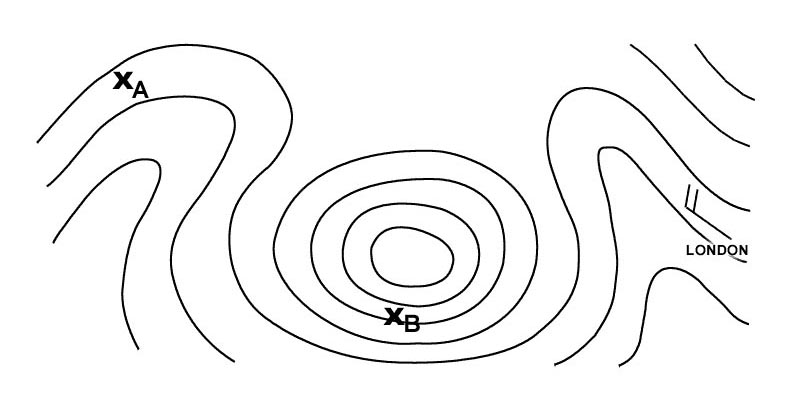 260/30kt.
260/30kt. Given .true hdg = 133° tas = 225 kt track t = 144° gs = 206 kt .calculate the ?
Question 169-8 : 075/45kt 065/45kt 060/50kt 075/70kt
 075/45kt.
075/45kt. Given .true heading = 206° tas = 140 kt true track = 207° gs = 135 kt ?
Question 169-9 : 180°/05 kt 000°/05 kt 000°/10 kt 180°/10 kt
 180°/05 kt.
180°/05 kt. Given .true heading = 145° tas = 240 kt true track = 150° gs = 210 kt ?
Question 169-10 : 115°/35 kt 360°/35 kt 180°/35 kt 295°/35 kt
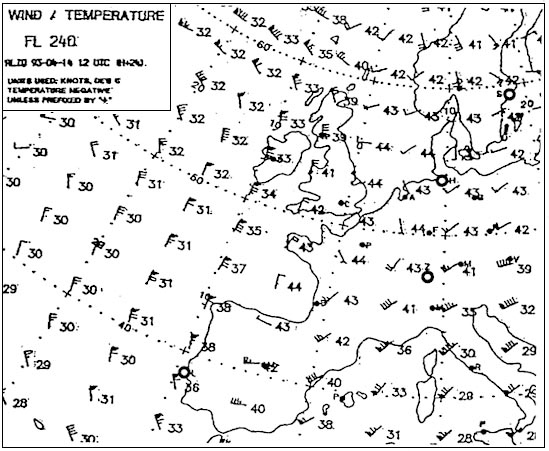 115°/35 kt.
115°/35 kt. Given .true hdg = 035° tas = 245 kt track t = 046° gs = 220 kt .calculate the ?
Question 169-11 : 340/50kt 335/45kt 335/55kt 340/45kt
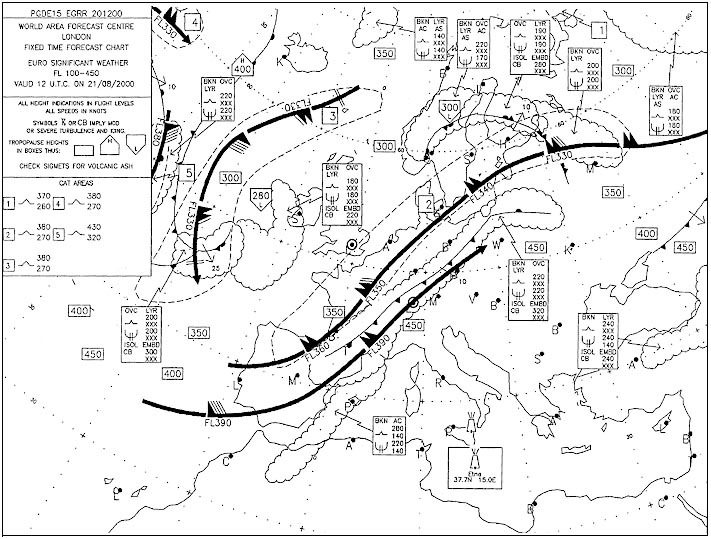 340/50kt
340/50kt Given course required = 085° t forecast w/v 030/100kt tas = 470 kt distance = ?
Question 169-12 : 075° 39 min 095° 31 min 096° 29 min 076° 34 min
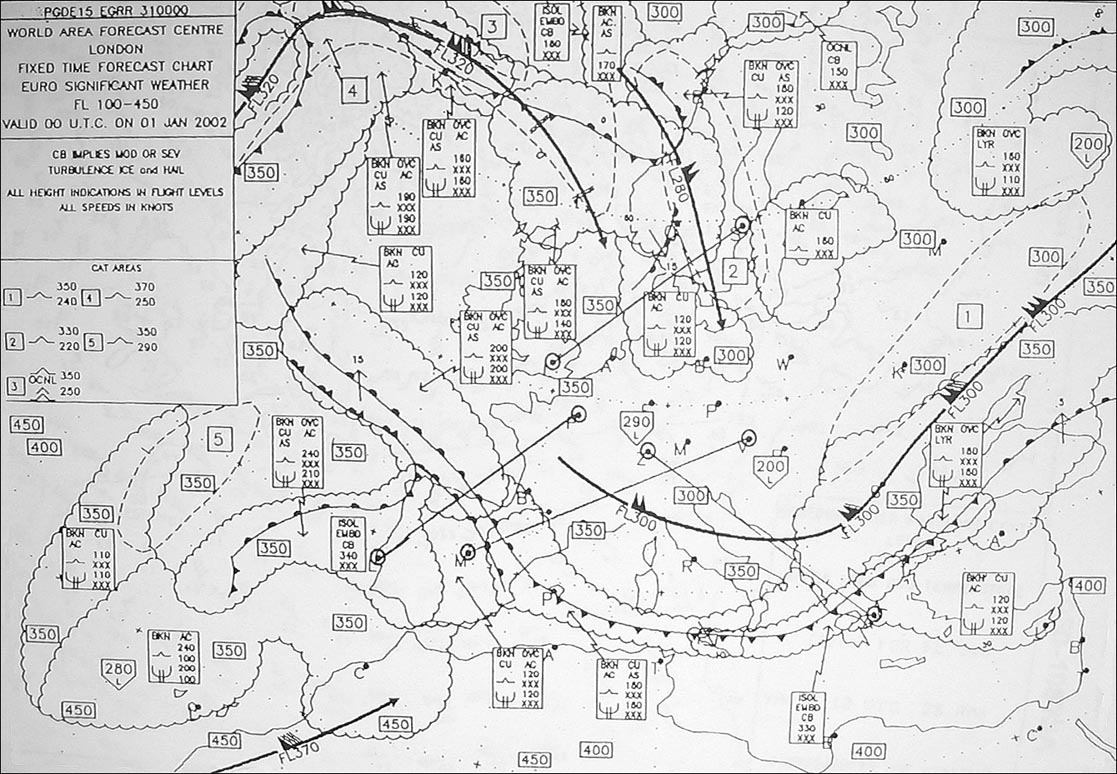 075°, 39 min.
075°, 39 min. For a landing on runway 23 227° magnetic surface.wind reported by the atis is ?
Question 169-13 : 22 kt 26 kt 15 kt 20 kt
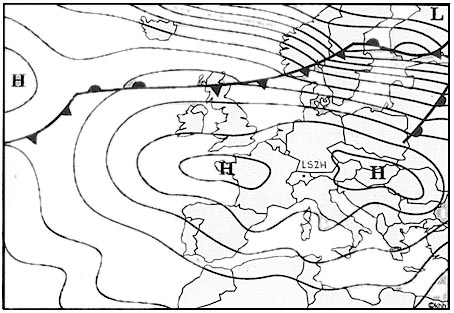 22 kt.
22 kt. Given . maximum allowable tailwind component for landing 10 kt planned runway ?
Question 169-14 : 10 kt 8 kt 15 kt 18 kt
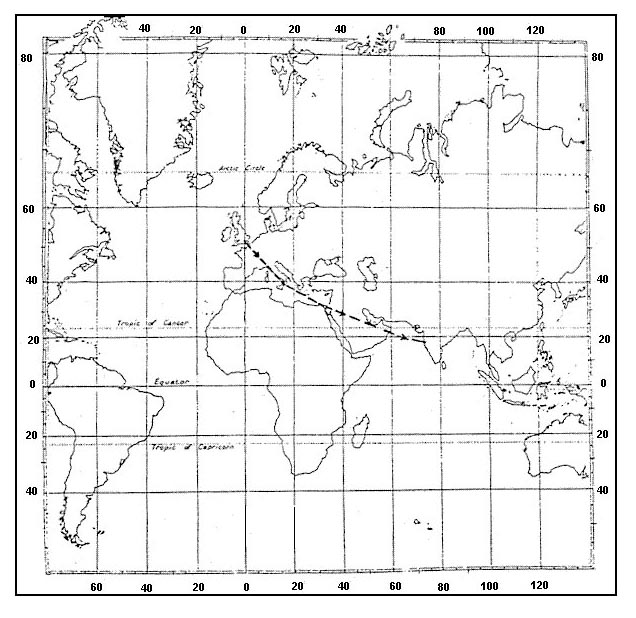 10 kt.
10 kt. Given .maximum allowable crosswind component is 20 kt .runway 06 rwy qdm 063° ?
Question 169-15 : 33 kt 27 kt 25 kt 16 kt
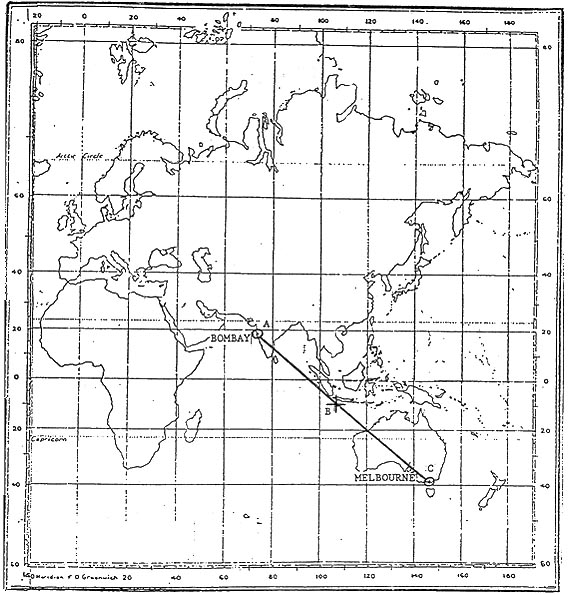 33 kt.
33 kt. Given .true course a to b = 250° .distance a to b = 315 nm .tas = 450 kt .w/v ?
Question 169-16 : 0736 utc 0730 utc 0810 utc 0716 utc
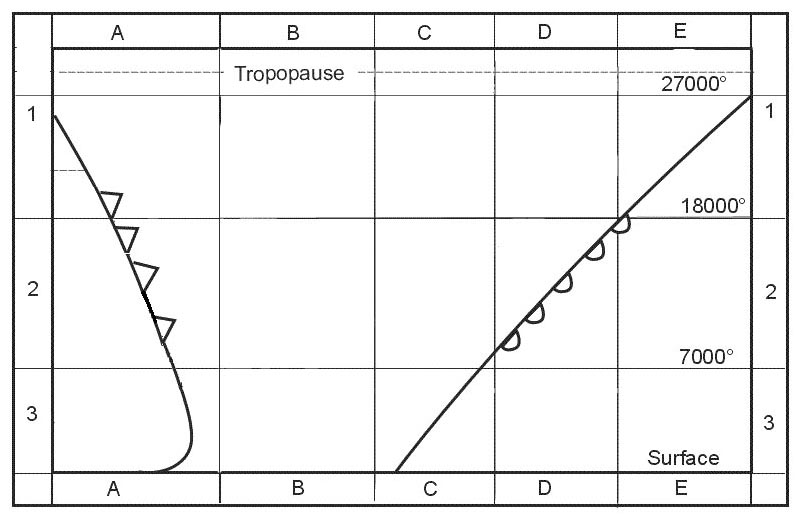 0736 utc.
0736 utc. Given .gs = 510 kt distance a to b = 43 nm .what is the time from a to b ?
Question 169-17 : 5 minutes 4 minutes 6 minutes 7 minutes
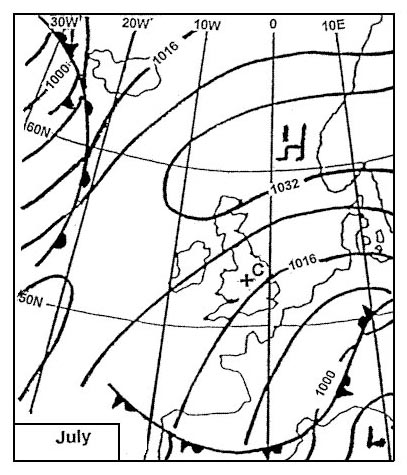 5 minutes.
5 minutes. Given .gs = 122 kt .distance from a to b = 985 nm .what is the time from a to b ?
Question 169-18 : 8 hr 04 min 7 hr 48 min 7 hr 49 min 8 hr 10 min
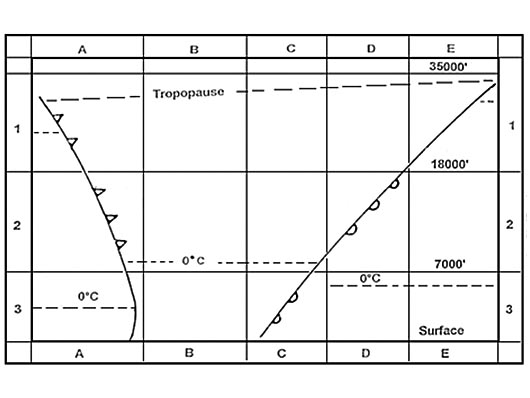 8 hr 04 min.
8 hr 04 min. Given .gs = 435 kt distance from a to b = 1920 nm .what is the time from a to b ?
Question 169-19 : 4 hr 25 min 3 hr 25 min 3 hr 26 min 4 hr 10 min
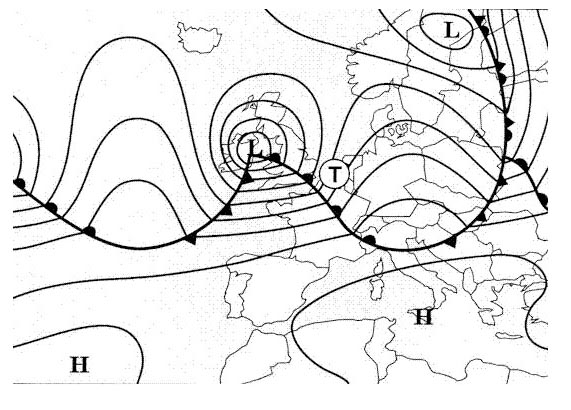 4 hr 25 min.
4 hr 25 min. Given .gs = 480 kt distance from a to b = 5360 nm .what is the time from a to b ?
Question 169-20 : 11 hr 10 min 11 hr 06 min 11 hr 07 min 11 hr 15 min
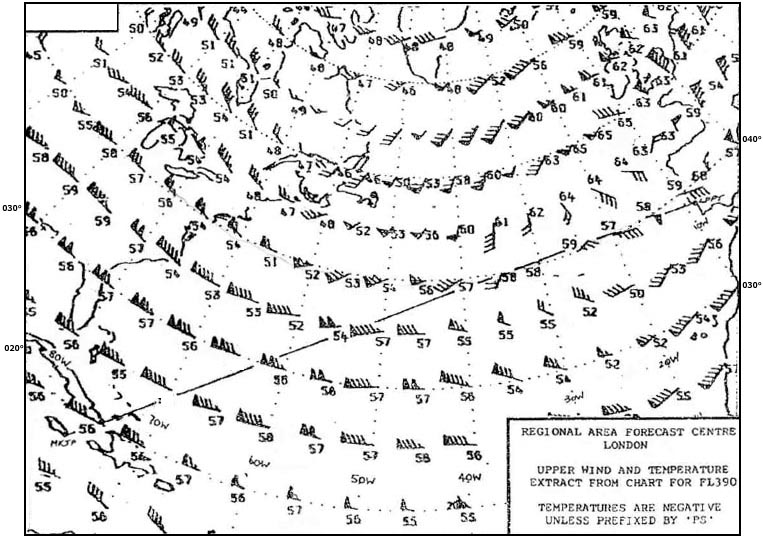 11 hr 10 min.
11 hr 10 min. Given .gs = 105 kt distance from a to b = 103 nm .what is the time from a to b ?
Question 169-21 : 00 hr 59 min 00 hr 57 min 00 hr 58 min 01 hr 01 min
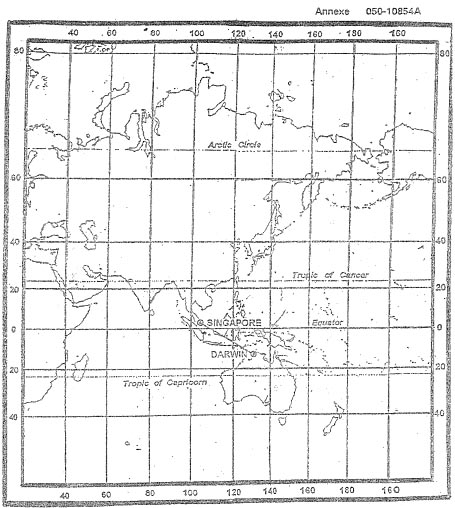 00 hr 59 min.
00 hr 59 min. Given .gs = 135 kt distance from a to b = 433 nm .what is the time from a to b ?
Question 169-22 : 3 hr 12 min 3 hr 25 min 3 hr 19 min 3 hr 20 min
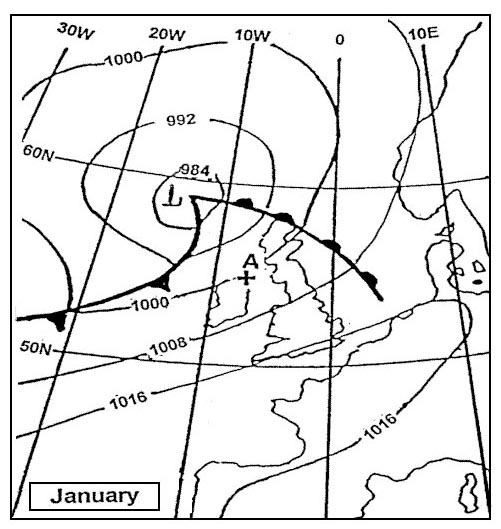 3 hr 12 min.
3 hr 12 min. Given .runway direction 083° m .surface wwind 035/35 kt .calculate the ?
Question 169-23 : 24 kt 27 kt 31 kt 34 kt
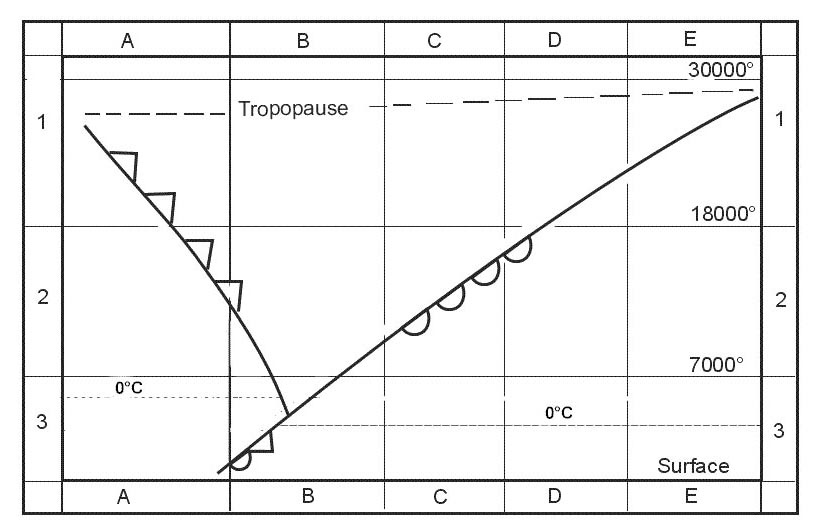 24 kt.
24 kt. Given .for take off an aircraft requires a headwind component of at least 10 kt ?
Question 169-24 : 20 kt and 40 kt 18 kt and 50 kt 15 kt and 43 kt 12 kt and 38 kt
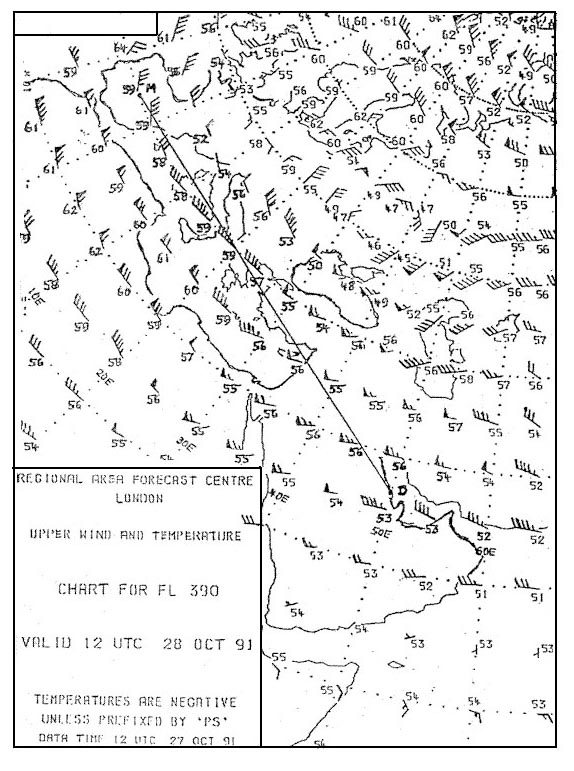 20 kt and 40 kt.
20 kt and 40 kt. Given .runway direction 230° t .surface wind 280° t /40 kt .calculate the ?
Question 169-25 : 31 kt 36 kt 21 kt 26 kt
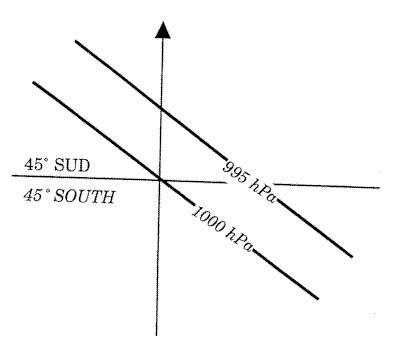 31 kt.
31 kt. Given .runway direction 210° m surface w/v 230° m /30 kt .calculate the ?
Question 169-26 : 10 kt 19 kt 16 kt 13 kt
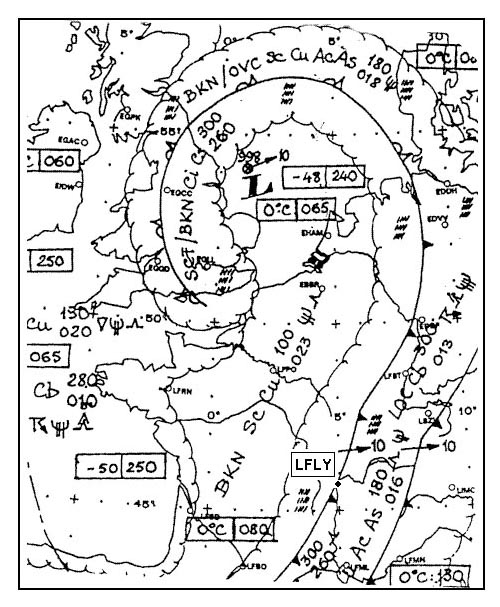 10 kt.
10 kt. An aircraft obtains a relative bearing of 315° from an ndb at 08h30 at 08h40 ?
Question 169-27 : 40 nm 50 nm 60 nm 30 nm
 40 nm.
40 nm. The equivalent of 70 m/sec is approximately ?
Question 169-28 : 136 kt 145 kt 210 kt 35 kt
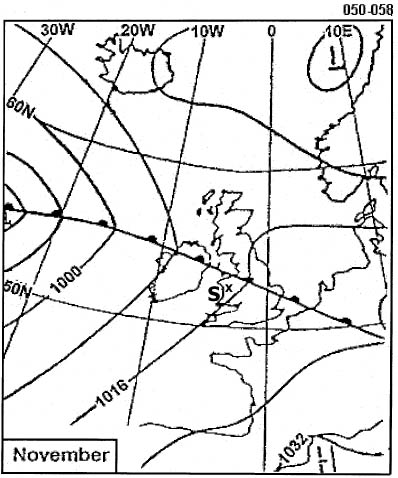 136 kt.
136 kt. Given .runway direction 305° m surface w/v 260° m /30 kt .calculate the cross ?
Question 169-29 : 21 kt 24 kt 27 kt 18 kt
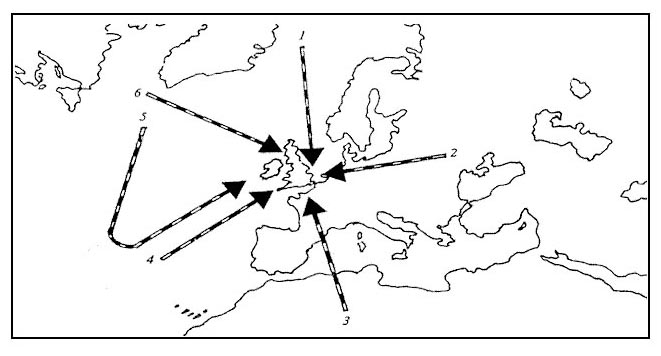 21 kt.
21 kt. The distance between positions a and b is 180 nm an aircraft departs position a ?
Question 169-30 : 6° right 8° right 2° left 4° right
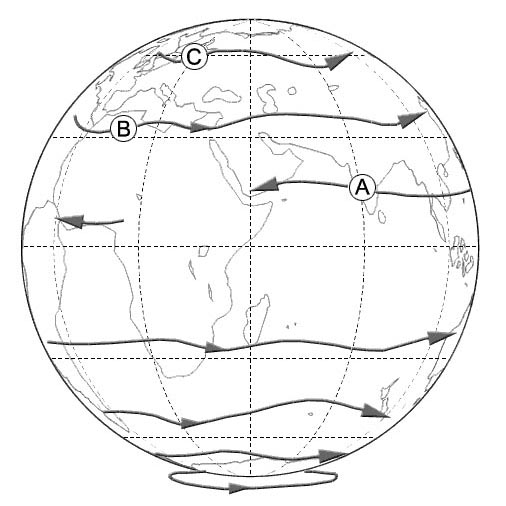 6° right.
6° right. A flight is to be made from 'a' 49°s 180°e/w to 'b' 58°s 180°e/w the ?
Question 169-31 : 1000 km 1222 km 804 km 540 km
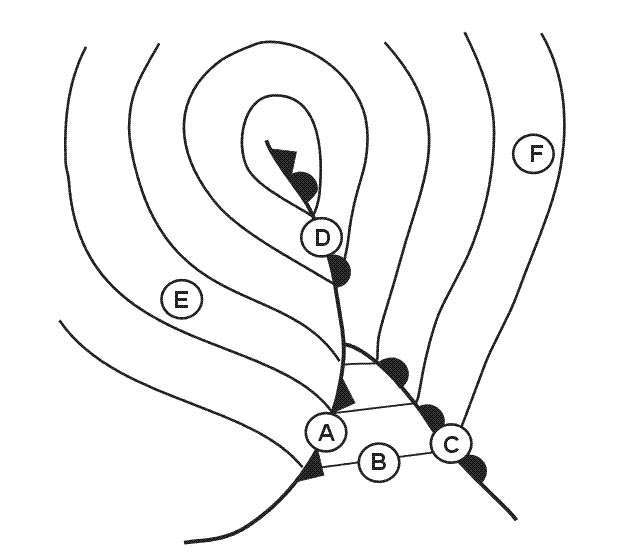 1000 km.
1000 km. Given .distance a to b = 120 nm after 30 nm aircraft is 3 nm to the left of ?
Question 169-32 : 8° right 6° right 8° left 4° right
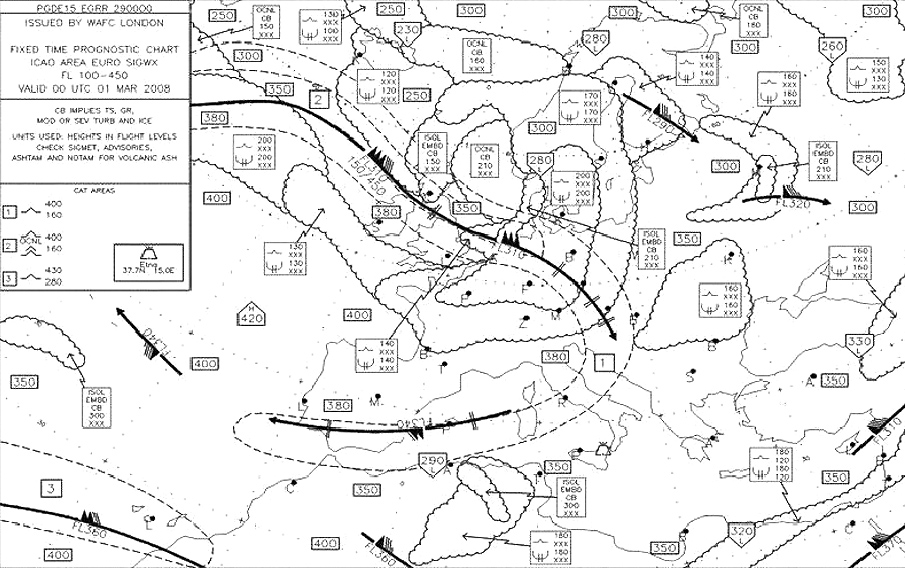 8° right.
8° right. An aircraft was over 'a' at 1435 hours flying direct to 'b' given .distance 'a' ?
Question 169-33 : 1657 1744 1846 1721
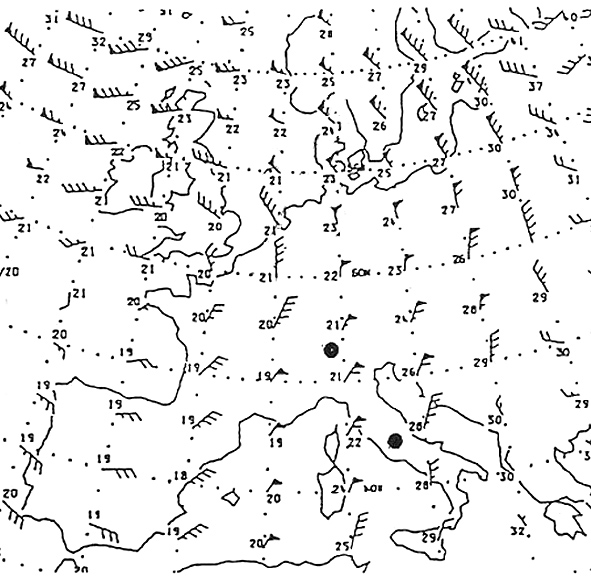 1657.
1657. Given .distance 'a' to 'b' 2484 nm.groundspeed 'out' 420 kt.groundspeed 'back' ?
Question 169-34 : 193 minutes 163 minutes 173 minutes 183 minutes
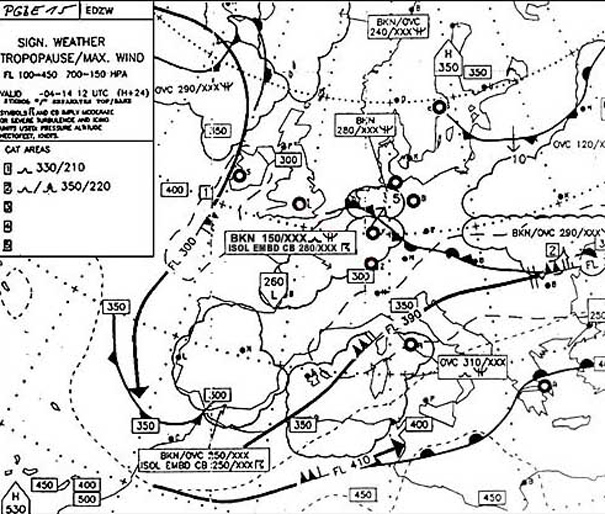 193 minutes.
193 minutes. Given .distance 'a' to 'b' 2484 nm.ground speed out 420 kt.ground speed home ?
Question 169-35 : 1940 nm 1908 nm 1736 nm 1630 nm
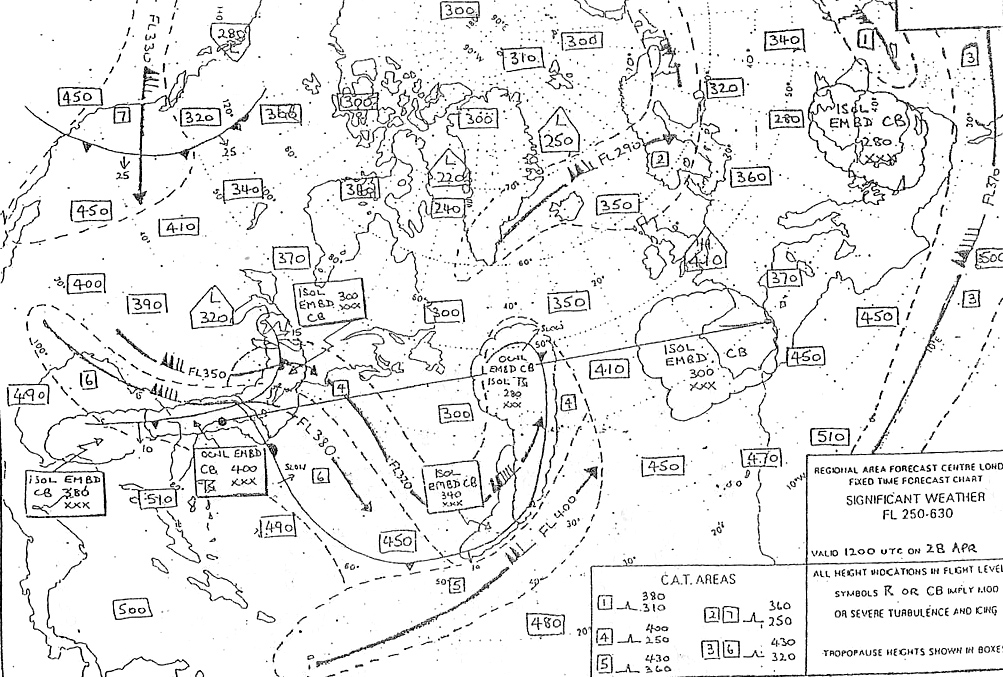 1940 nm.
1940 nm. An aircraft was over 'q' at 1320 hours flying direct to 'r' given .distance 'q' ?
Question 169-36 : 1752 1756 1820 1742
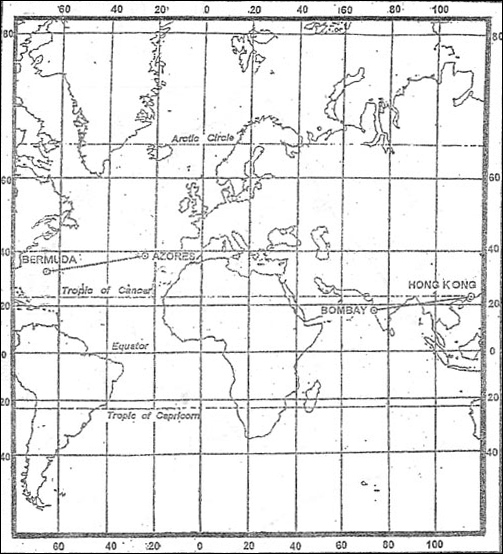 1752.
1752. Given .distance 'a' to 'b' 1973 nm.groundspeed 'out' 430 kt.groundspeed 'back' ?
Question 169-37 : 130 minutes 145 minutes 162 minutes 181 minutes
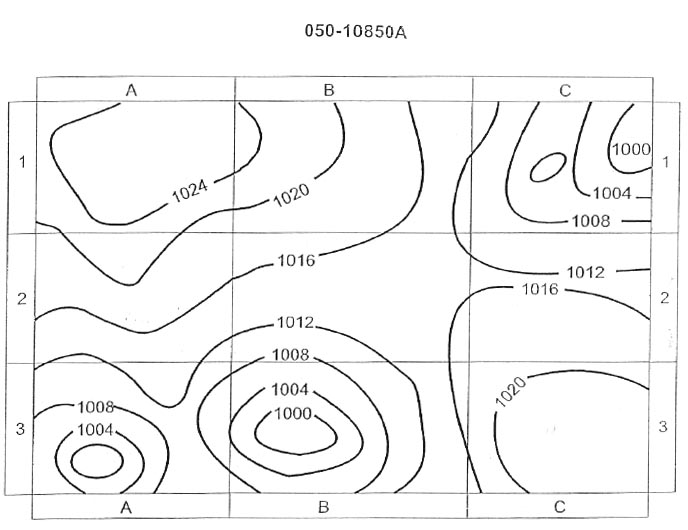 130 minutes.
130 minutes. Given .distance 'a' to 'b' 2346 nm.ground speed out 365 kt.ground speed back ?
Question 169-38 : 290 minutes 219 minutes 197 minutes 209 minutes
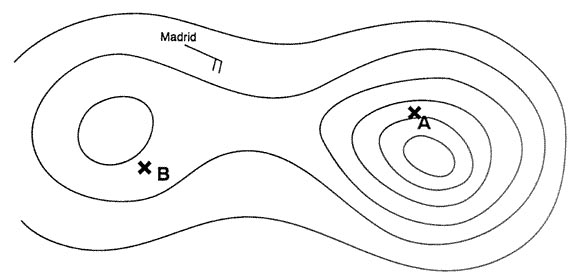 290 minutes.
290 minutes. Given .distance 'a' to 'b' 3623 nm.groundspeed 'out' 370 kt.groundspeed 'back' ?
Question 169-39 : 263 minutes 288 minutes 323 minutes 238 minutes
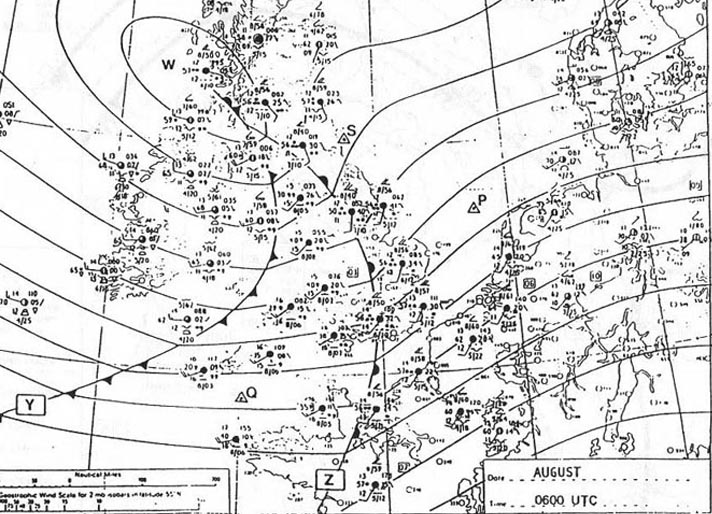 263 minutes.
263 minutes. Given .magnetic track = 075°.magnetic heading = 066°.variation = 11°e.tas = ?
Question 169-40 : 335°/45 kt 320°/50 kt 210°/15 kt 180°/45 kt
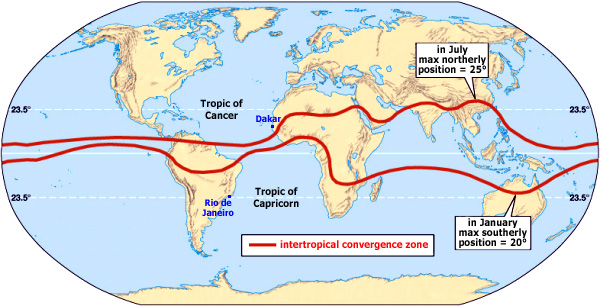 335°/45 kt.
335°/45 kt. ~
Exclusive rights reserved. Reproduction prohibited under penalty of prosecution.
6719 Free Training Exam
